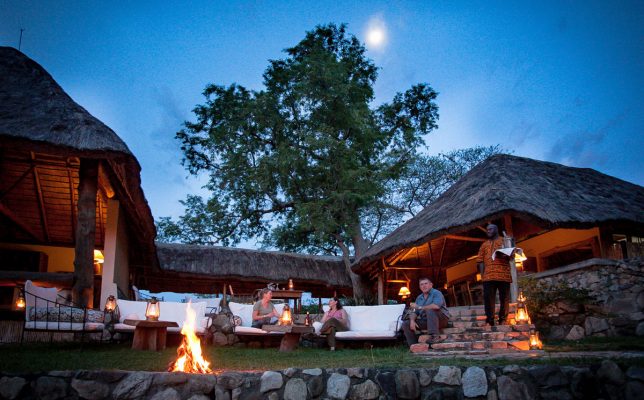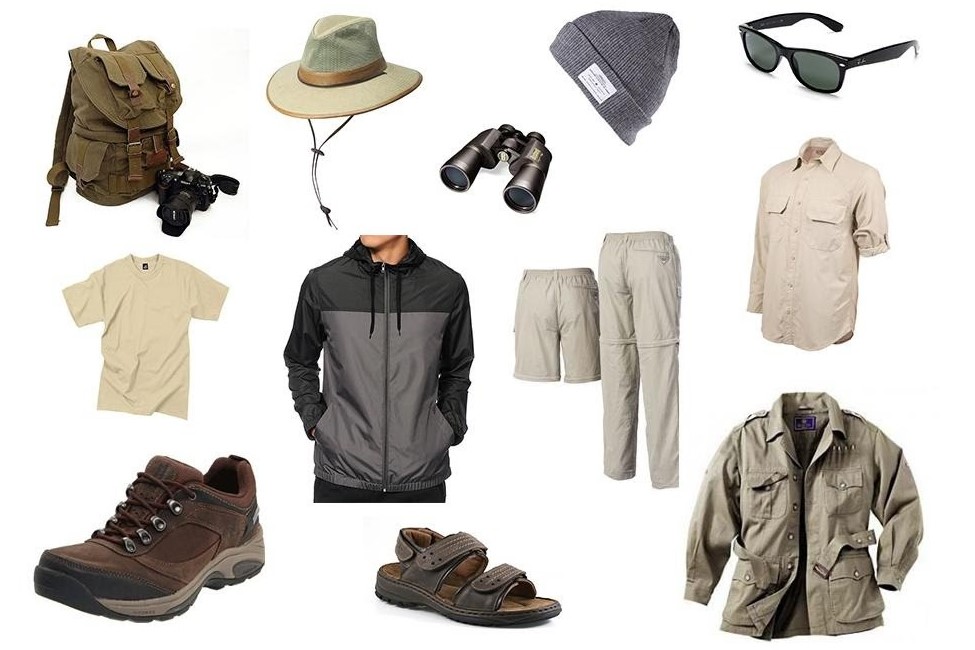- Home
- Uganda
- Gorilla Trekking Safaris
- 15 Day Gorillas – Chimps and Big 5 Safari
- 14 Day Uganda-Rwanda Wildlife & Primates Safari
- 10 Day Uganda Wildlife and Primates Safari
- 10 Day Highlights of Uganda Safari
- 8-Day Uganda Gorilla – Chimpanzee and Big Five Safari
- 7 Day Murchison Falls with Chimps and Gorillas
- 6 Day Gorillas and Lake Mburo Safari
- 6 Day Gorilla Trekking and Queen Elizabeth
- 5 Day Gorillas and White Water Rafting Safari
- 3 Day Uganda Fly to Bwindi Gorilla Safari
- 3 Day Gorilla Trekking and Batwa Trails in Bwindi
- 3 Day Gorillas and Lake Bunyonyi Safari
- Wildlife Safaris
- 22 Days Best of Uganda Wilderness Adventure
- 18 Day Exploring Uganda Safari
- 15 Day Uganda – Kenya -Tanzania Adventure
- 14 Days Uganda & Kenya Wildlife Safari
- 12 Day Mountain Rwenzori Trekking and Wildlife
- 11 Day Uganda Classic Honeymoon Safari
- 7 Day Sipi Falls and Kidepo Valley National Park
- 4 Day Kibale Forest Chimpanzee Tracking
- 3 Days Queen Elizabeth Wildlife Safari
- 3 Day Murchison Falls with Big 5 Adventure
- 3 Day Best of Jinja Safari Adventure
- Birding & Fishing Tours
- 21 Days Birding Uganda and Gorilla Trekking Safari
- 18 Days Birding Tour with Gorilla Trekking
- 15 Days Uganda Birding Safari with Gorillas and Chimps
- 10 Day Birding Uganda and Game Drives
- 10 Day Uganda Fishing Safari with a Boat Cruise
- 4 Day Murchison Falls Fishing Safari
- 3 Day Mabamba Shoebill Birding Safari
- Gorilla Trekking Safaris
- Rwanda
- Kenya
- Tanzania
- Long Safaris
- 15 Day Uganda – Kenya and Tanzania Safari Holiday
- 14 Day Tanzania Wildlife Safari & Pangani Beach Holiday
- 10 Day Wildlife and Kilimanjaro Cultural Safari
- 9 Day Kilimanjaro Hiking Safari in Tanzania
- 9 Day Highlights of Tanzania Safari
- 8 Day Best of Tanzania Wildlife Safari
- 8 Day Classic Honeymoon Package with Zanzibar
- Short Safaris
- Long Safaris
- National Parks
- Uganda
- Rwanda
- Kenya
- Tanzania
- Serengeti National Park
- The Ngorongoro Conservation Area
- Tarangire National Park
- Lake Manyara National Park
- Mount Kilimanjaro National Park
- Arusha National Park
- Gombe National Park
- Katavi National Park
- Kitulo National Park
- Mahale Mountains National Park
- Mikumi National Park
- Mkomazi National Park
- Nyerere National Park (Selous)
- Ruaha National Park
- Rubondo Island National Park
- Saadani National Park
- Udzungwa Mountains National Park
- Blog & Tips
- About Us
- Contact


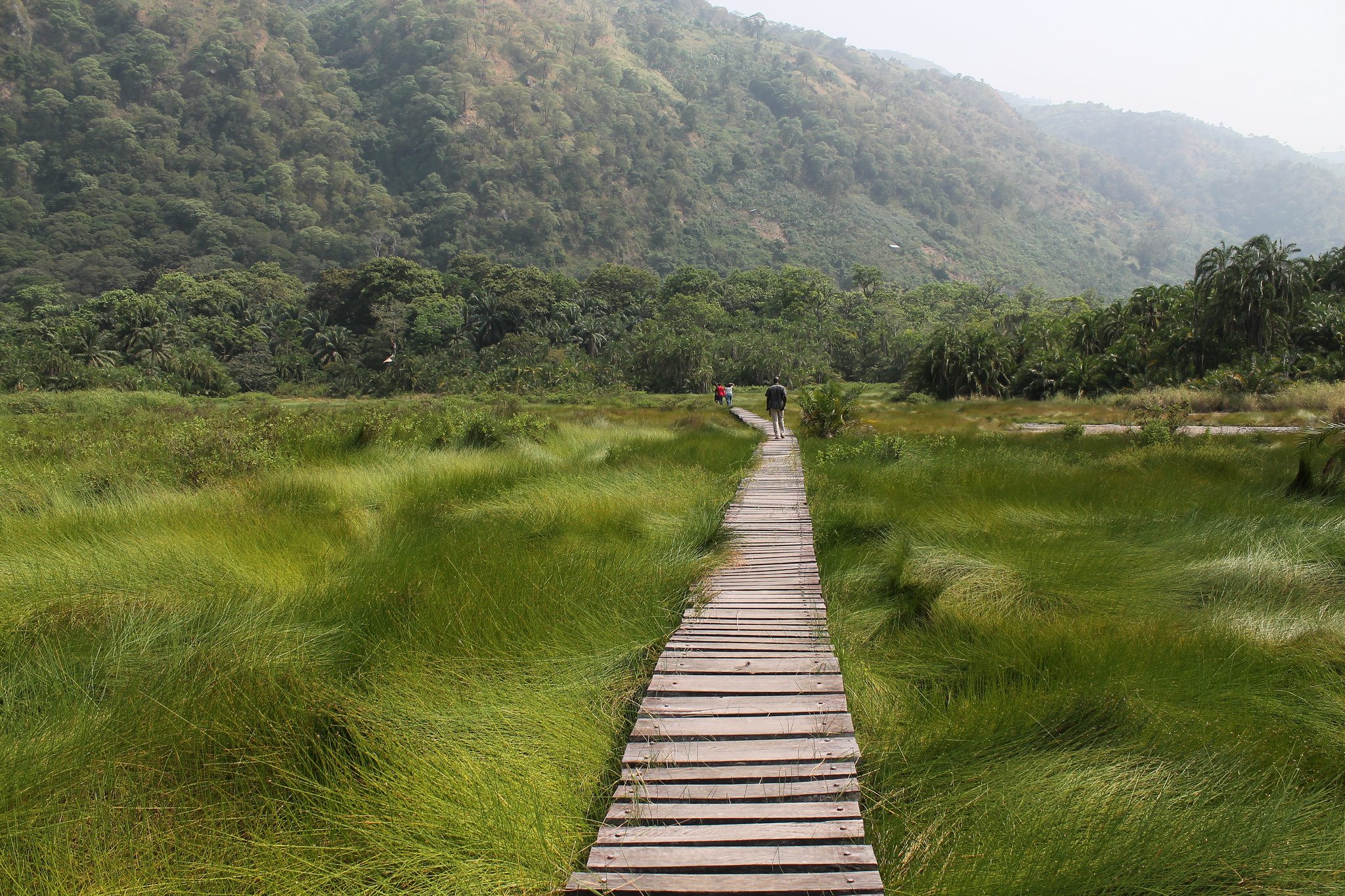
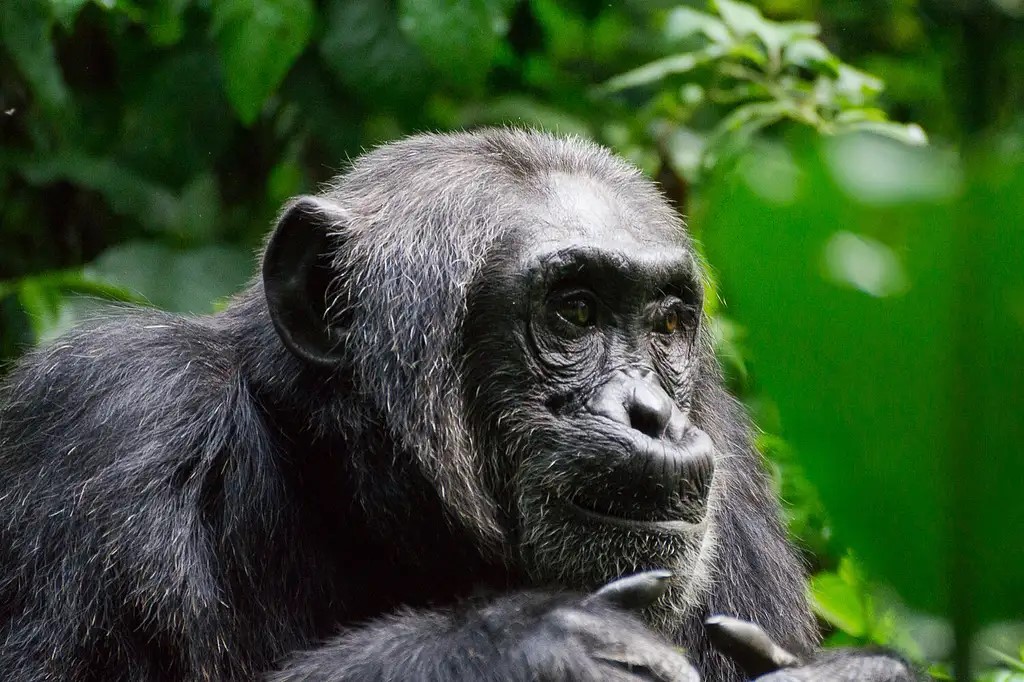 This is an art of taking a stroll in the forests in order for one to be able to catch a glimpse of the fascinating primates swinging around the forest branches. Chimpanzees in Semuliki national park range far and wide in locating and securing their food for them. Therefore, visitors should not expect to find it easy to get the chimpanzees however the experience of seeing them can be fascinating as they can be seen walking on two of their legs for short distances; The wild life research programme has subjected the chimpanzee population in habituation process to discover the relationship between the chimpanzee behavior of walking on 2 legs and evolution of a new species.
This is an art of taking a stroll in the forests in order for one to be able to catch a glimpse of the fascinating primates swinging around the forest branches. Chimpanzees in Semuliki national park range far and wide in locating and securing their food for them. Therefore, visitors should not expect to find it easy to get the chimpanzees however the experience of seeing them can be fascinating as they can be seen walking on two of their legs for short distances; The wild life research programme has subjected the chimpanzee population in habituation process to discover the relationship between the chimpanzee behavior of walking on 2 legs and evolution of a new species.
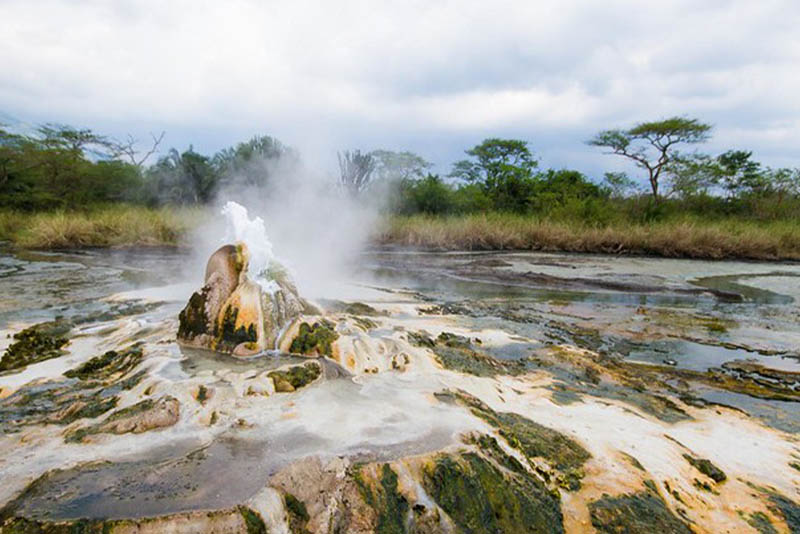
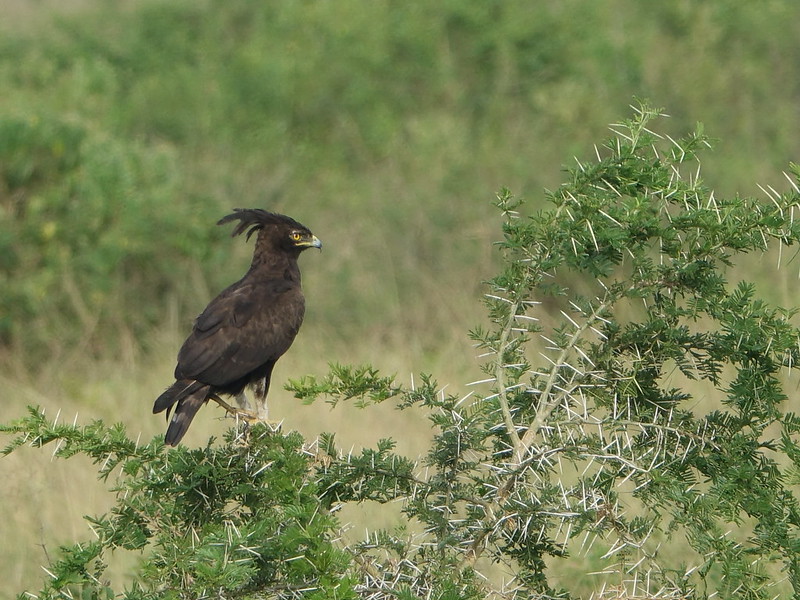 This refers to the act of observing birds in the park or in their natural habitat. The park has recorded over 441 different bird species exploring this park and its reserve is a special experience for birders looking for scientific importance.
This refers to the act of observing birds in the park or in their natural habitat. The park has recorded over 441 different bird species exploring this park and its reserve is a special experience for birders looking for scientific importance.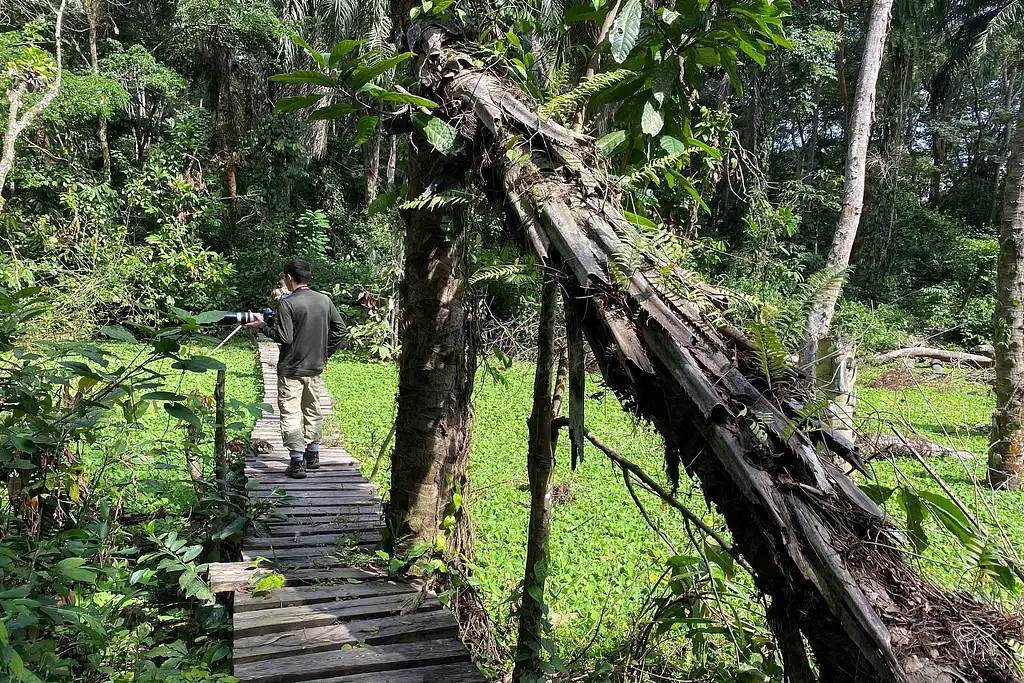 There are several trails provided in the park like the shorter trail in the eastern border to Semuliki River, the rare
There are several trails provided in the park like the shorter trail in the eastern border to Semuliki River, the rare 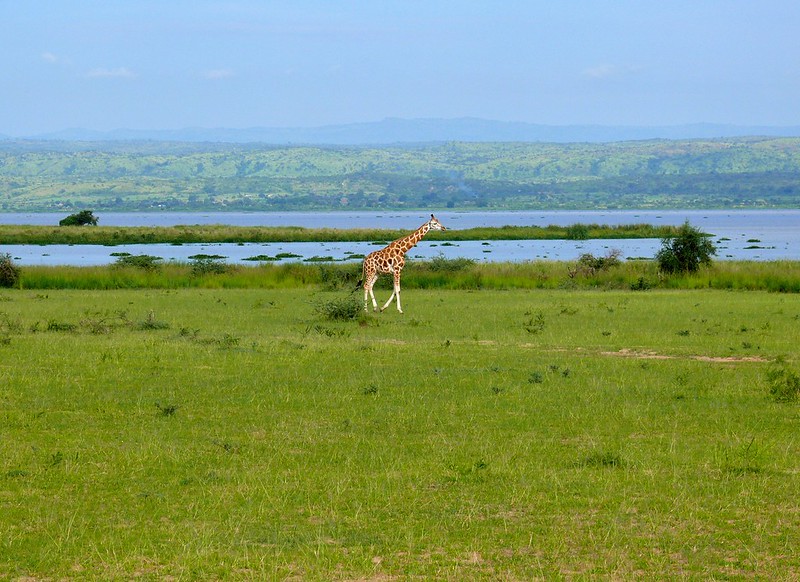 Take to Lake Albert’s mirror-like waters on a calm day to search for the coveted Shoebill Stork. This great experience dazzles even more with a boat ride across the lake and the stunning backdrop of the hazy blue mountains of the DRC, which shine brightest along the boundaries of the papyrus beds where the Semuliki River meets Lake Albert. The Semuliki Safari Lodge provides the best
Take to Lake Albert’s mirror-like waters on a calm day to search for the coveted Shoebill Stork. This great experience dazzles even more with a boat ride across the lake and the stunning backdrop of the hazy blue mountains of the DRC, which shine brightest along the boundaries of the papyrus beds where the Semuliki River meets Lake Albert. The Semuliki Safari Lodge provides the best 